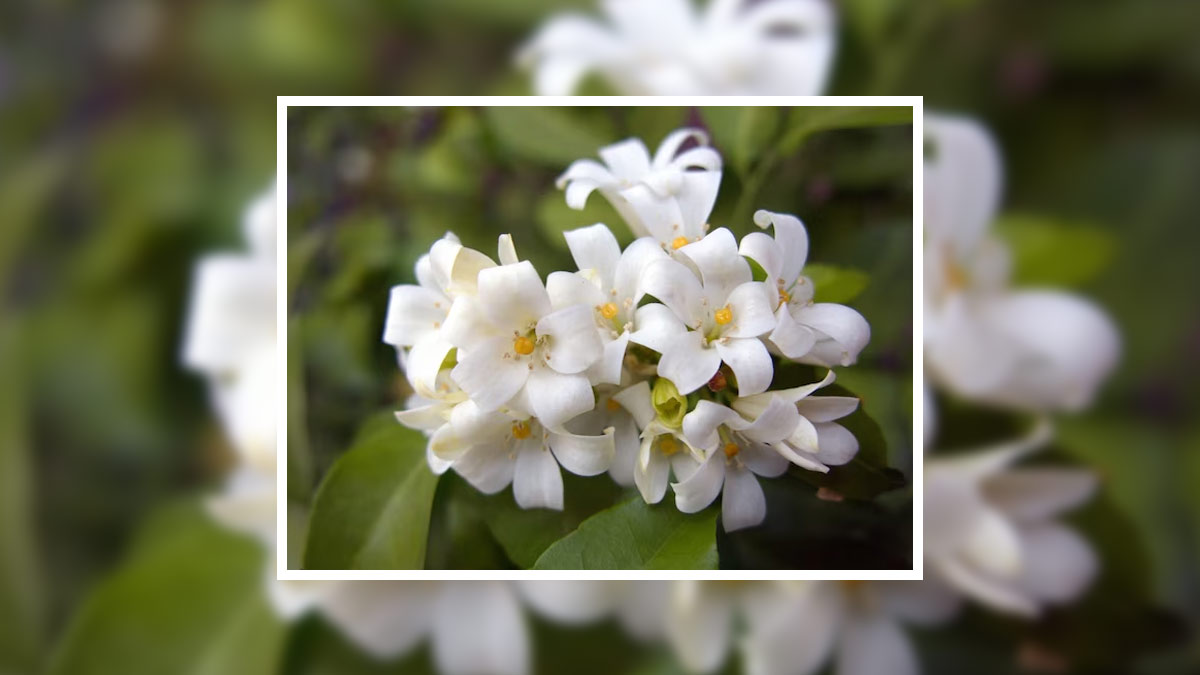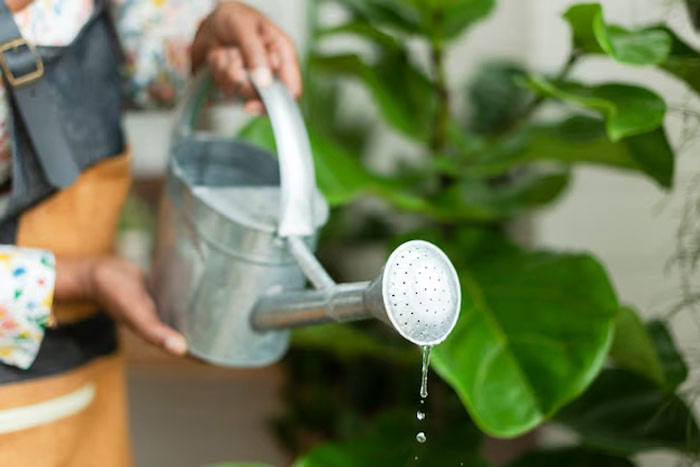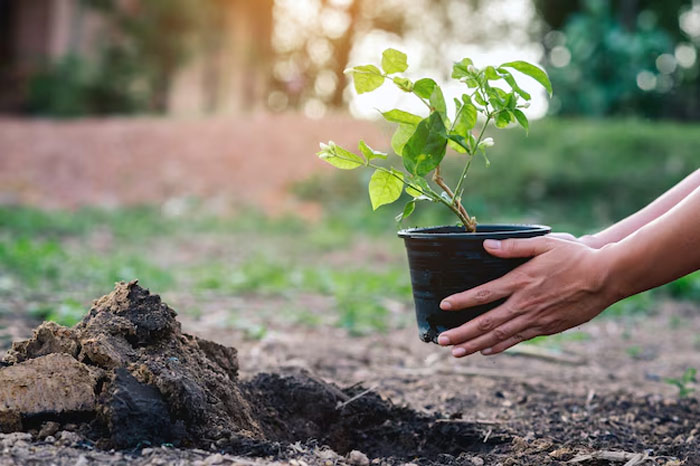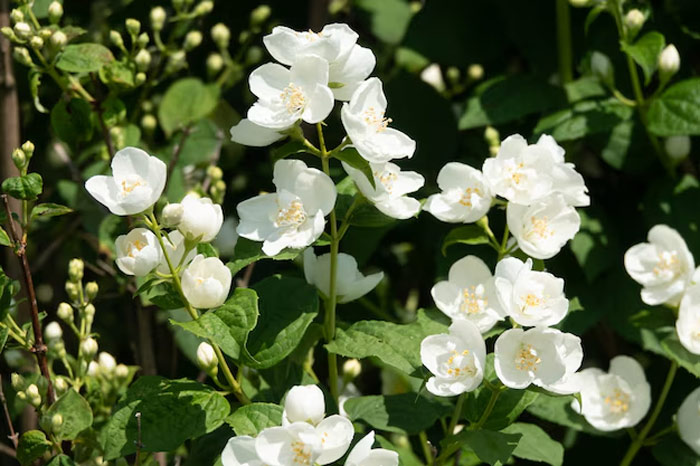
How To Keep Your Jasmine Flowers Blooming This Summer
Taking care of jasmine flowers in the summer requires attention to their specific needs to ensure they thrive in the heat. Jasmine, known for its fragrant blossoms, is a delicate plant that benefits from consistent care during the warmer months. From adequate watering to suitable sunlight exposure, understanding these essentials can help your jasmine plants flourish throughout the summer season. Here are essential tips to ensure your jasmine plants thrive during the summer months:
How To Keep Your Jasmine Flowers In Summer
1. Watering

During summer, jasmine plants need regular watering to stay hydrated, especially during hot weather. Aim to keep the soil consistently moist but not waterlogged. Water deeply at least once a week, allowing the water to penetrate the root zone. Potted jasmine may need more frequent watering, as containers tend to dry out faster. According to Spruce, “You have to make sure to water the soil evenly, not too wet but not too dry. The goal is to keep roots evenly moist.”
2. Sunlight
Jasmine plants generally prefer full sun or partial shade. Ensure they receive at least 4-6 hours of sunlight daily for optimal growth and blooming, as per Better Homes & Gardens. However, in extremely hot climates, jasmine can benefit from some afternoon shade to protect it from scorching heat. Adequate sunlight ensures good growth and enhances flower production, resulting in a more abundant bloom.
3. Pruning
Regular pruning is beneficial for jasmine plants to maintain their shape and encourage new growth. In early summer season, after the initial bloom period, prune back any leggy or overgrown branches to promote bushier growth and more flowers. Deadheading, which involves removing spent flowers, prevents the plant from expending energy on seed production and encourages continuous blooming throughout the season.
Don't miss: Artificial Plants For Home Decor: Top Picks To Save Your Maintenance Time
4. Fertilisation

Feed jasmine plants with a balanced fertiliser once a month during the growing season (spring through summer). Choose a fertiliser specifically formulated for flowering plants, or use a slow-release fertiliser to provide nutrients gradually. Avoid over-fertilizing, as this can lead to excessive foliage growth at the expense of flowers. You are advised to apply a fertiliser that is high in potassium or phosphorus content. You can also use fertiliser water-soluble fertiliser every 4-5 weeks during the growing season, as per Better Home & Gardens. (Transform Your Garden Soil Into Fertile Ground With These Tips)
Don't miss: A Beginner’s Guide To Growing Vegetables At Home
5. Proper Mulching

Applying a layer of organic mulch around jasmine plants helps retain soil moisture, regulates soil temperature, and suppresses weed growth. Apply mulch to a depth of 1-2 inches around the base of the plants, ensuring the mulch does not touch the stems directly. Mulching also riches the soil as it decomposes, providing essential nutrients to the roots, as per Gardener World.
6. Pest and Disease Management
Keep an eye out for common pests such as budworms and spider mites, especially during warmer months when these pests are most active. Regularly inspect the leaves and stems for any signs of pest infestation or disease, as per Gardenia. Proper air circulation around plants and avoiding overhead watering can also help prevent fungal diseases.
Herzindagi.com is Jagran New Media's gender and lifestyle vertical, catering to women of all age groups, helping them remain updated, on-trend and aware. To improve our performance and understand our readers' interests better, we have created this poll. This will take 2 minutes of your time, do help us out with this link.
For more such stories, stay tuned to HerZindagi.
Image credit: Freepik
Also watch this video
Herzindagi video